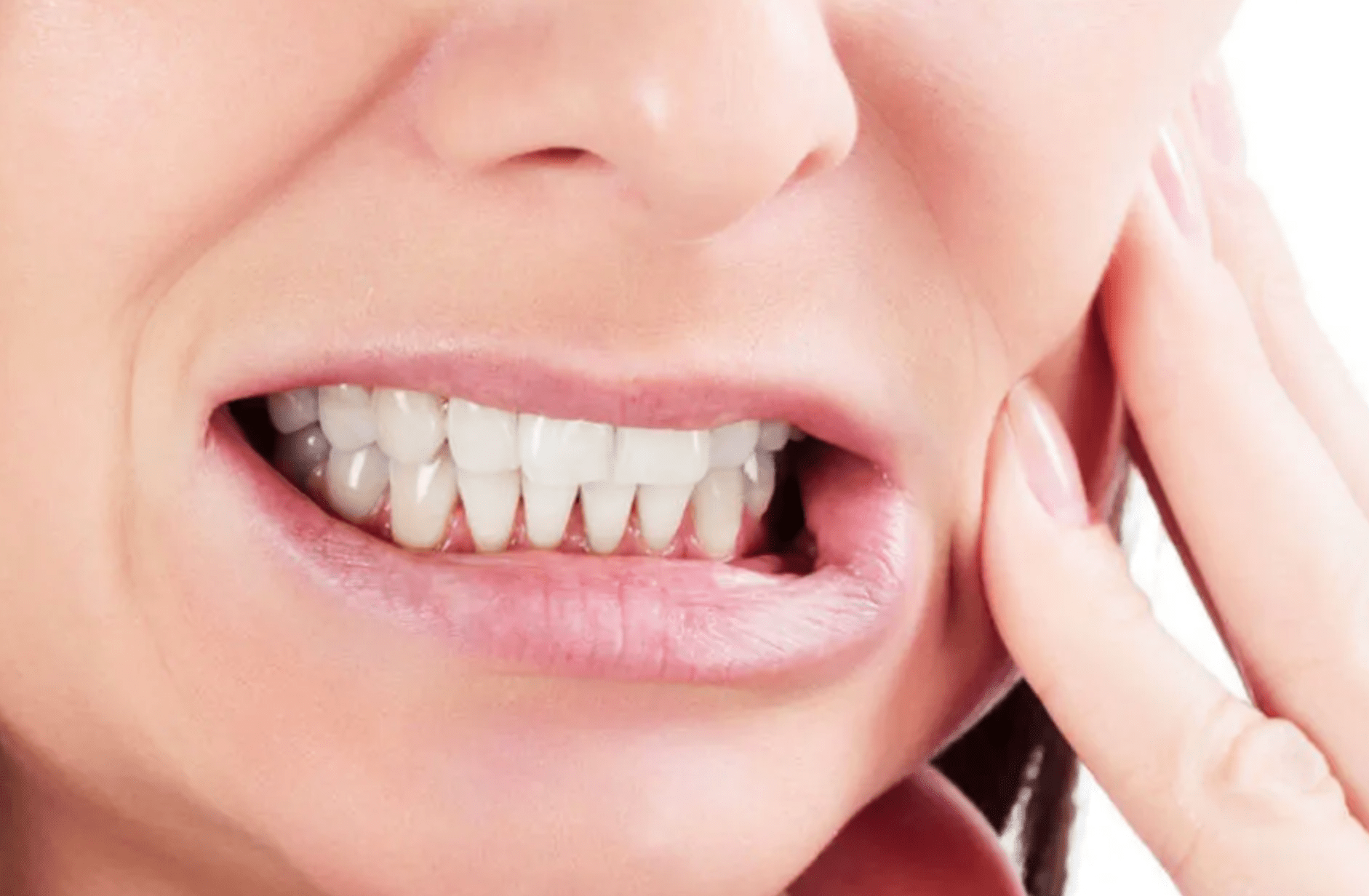
Bruxism, the medical term for the involuntary grinding or clenching of teeth, represents a far more nuanced condition than its common, almost dismissive, perception suggests. It is not merely a transient bad habit, but a complex, multifactorial oral motor phenomenon that can occur both during the day and throughout the night, often with profound consequences for dental health and overall well-being. This activity places immense, unnatural pressure on the teeth, jaws, and the intricate musculature of the head and neck, resulting in a spectrum of complications that range from mild discomfort to severe, irreversible damage. Understanding the distinction between its two primary forms—awake bruxism and sleep bruxism—is the initial step toward an effective management strategy that moves past surface-level interventions.
The Dual Nature of Masticatory Muscle Activity
The difference between clenching during the day and grinding at night
The categorization of bruxism into its wakefulness-related and sleep-related manifestations is crucial, as the underlying drivers and clinical presentations are distinctly separate. Awake bruxism is generally a conscious, though sometimes subconscious, habit often characterized by sustained tooth contact and/or bracing or thrusting of the mandible. Individuals experiencing this form are more likely to be aware of the tension, or at least the triggers, which frequently involve intense concentration, stress, or anxiety. Conversely, sleep bruxism is classified as a sleep-related movement disorder, marked by rhythmic or non-rhythmic masticatory muscle activity that occurs entirely unconsciously, making diagnosis dependent on either a bed partner’s report or objective monitoring. The rhythmic jaw movements during sleep bruxism are most prevalent during the lighter stages of non-REM sleep, often preceding micro-arousals, suggesting a profound central nervous system influence.
Identifying the Central and Peripheral Triggers
Bruxism is the result of a combination of environmental, biological, and psycho-social factors
The quest to pinpoint a single cause for bruxism has been largely abandoned in clinical science, replaced by a recognition that the condition is often multifactorial. For many adults, psychological factors such as chronic stress, anxiety, and personality traits—particularly those associated with a competitive or high-strung disposition—are heavily implicated in awake bruxism. Yet, the etiology of sleep bruxism leans toward a combination of physiological and neurological elements. Research increasingly points to a central factor involvement, suggesting that imbalances in brain neurotransmitters, such as dopamine and serotonin pathways, may play a substantial role. Furthermore, a strong correlation exists between sleep bruxism and other coexisting sleep disorders like obstructive sleep apnea (OSA) and restless leg syndrome.
The Complex Relationship with Sleep-Disordered Breathing
Research suggests that sleep bruxism and OSA frequently coexist and influence each other
The connection between sleep bruxism and obstructive sleep apnea is a particularly compelling area of study, indicating that these two conditions often occur in tandem. Some hypotheses suggest that the act of jaw clenching or grinding may be a reflexive response to a partially obstructed airway in an effort to stabilize the breathing passages and prevent complete collapse, thereby causing a micro-arousal. This is not a definitive causal link, but the high comorbidity rate suggests that addressing one disorder may inadvertently alleviate the other. The frequency of rhythmic masticatory muscle activity is often seen to spike just before or during an arousal from sleep. Therefore, a thorough diagnostic approach for chronic bruxism must often extend beyond the oral cavity to evaluate overall sleep health, particularly when an individual wakes with morning jaw fatigue or headaches.
The Cumulative Damage to the Stomatognathic System
The ongoing stress on the jaw muscles and joints can also lead to chronic pain
Untreated, chronic bruxism transitions from a habit to a force of destruction on the entire stomatognathic system. The mechanical stress resulting from forces up to ten times greater than those used in normal chewing leads to significant, non-carious tooth wear, manifesting as flattened or chipped biting surfaces, or the gradual erosion of the protective enamel layer. This, in turn, can lead to increased tooth sensitivity, recurrent tooth fractures, and even the loosening or loss of teeth. Beyond the dentition, the constant strain on the temporomandibular joints (TMJs) and the surrounding muscles often precipitates temporomandibular disorders (TMDs), characterized by chronic facial pain, clicking or popping sounds in the jaw, and restricted jaw movement. The pain may even radiate, presenting as persistent tension headaches or earaches, which are often the first symptoms to prompt a patient to seek professional help.
A Multidisciplinary Approach to Treatment
Treatment should be conducted with oral appliance, which seems to be effective in reducing SB activity
Effective management of bruxism requires a tailored, multidisciplinary strategy that addresses the specific type, severity, and underlying factors unique to the patient. For many, the initial line of defense involves custom-fabricated occlusal splints or night guards, which do not necessarily stop the grinding but provide a crucial protective barrier between the upper and lower teeth, shielding them from abrasive wear and distributing the biting force. These dental devices are particularly effective in mitigating the physical damage. For cases of awake bruxism, emphasis often shifts to behavioral and cognitive techniques, such as mindfulness training and establishing conscious awareness to cease clenching during the day.
Incorporating Non-Dental Interventions
Finding ways to manage stress may reduce bruxism symptoms
Given the strong psycho-social component, particularly in awake bruxism, non-dental therapies are a vital element of comprehensive care. Stress reduction techniques, including cognitive behavioral therapy (CBT), meditation, and progressive muscle relaxation, are potent tools for reducing the frequency of both day and night-time clenching by lowering baseline tension. Furthermore, targeted physiotherapy and jaw exercises—simple stretches, massage of the masseter and temporalis muscles, and application of moist heat—can help to relax the overworked jaw musculature and improve mobility, thereby alleviating immediate pain and stiffness.
The Role of Pharmacological and Advanced Therapies
Botulinum toxin type A showed a significant pain and sleep bruxism frequency reduction
While no specific pharmaceutical agent is universally approved as a cure for bruxism, certain medications and advanced procedures are employed for difficult, chronic cases. In situations where bruxism is a documented side effect of a different medication, such as a selective serotonin reuptake inhibitor (SSRI), a physician may adjust the prescription. Muscle relaxers, taken shortly before sleep, are sometimes prescribed for temporary relief of severe nighttime clenching. Perhaps the most impactful advanced intervention is the use of Botulinum Toxin Type A (BTX-A) injections. When administered into the masseter and sometimes the temporalis muscles, BTX-A temporarily weakens the muscles, significantly reducing the force and frequency of grinding, which offers a robust pain and symptom reduction for several months.
Lifestyle Modifications as Foundational Therapy
Avoid stimulating activities before bed
The efficacy of any treatment plan is greatly enhanced by fundamental lifestyle adjustments. Optimizing sleep hygiene—ensuring a consistent sleep schedule, a dark and quiet bedroom environment, and avoiding electronic screens at least an hour before bedtime—can substantially lessen the frequency of sleep bruxism episodes. Additionally, reducing the intake of stimulants such as caffeine, alcohol, and nicotine, especially in the hours leading up to sleep, is critical, as these substances have been shown to increase muscle activity and arousal levels, which are precursors to nocturnal grinding. Avoiding habitual gum chewing or eating hard, chewy foods can also give the already fatigued jaw muscles a necessary reprieve.
Diagnosis: Beyond the Visual Assessment
A dentist can treat any dental damage before it gets worse
Diagnosis of bruxism often begins in the dental chair with the identification of characteristic signs like abnormal tooth wear, enamel fractures, or indentation marks on the tongue or cheek mucosa. However, confirming the presence and severity of sleep bruxism frequently necessitates more objective measures. In-depth analysis may involve polysomnography (PSG) combined with electromyography (EMG) to monitor the rhythmic electrical activity of the jaw muscles during sleep. A diagnosis is rarely made in isolation, requiring a thorough patient history that includes questions about stress levels, medication use, and the presence of other sleep-related complaints, allowing for a holistic picture of the condition.
Addressing Pediatric Bruxism
Children often outgrow bruxism by adolescence
While the chronic form of bruxism is a significant concern for adults, teeth grinding is also relatively common in children. Pediatric bruxism is often linked to factors like upper airway congestion, allergies, or misaligned teeth, but also emotional stress in their environment. The good news is that most children outgrow this phase as they mature and their permanent teeth erupt. However, a child displaying signs of significant tooth wear or frequent facial pain warrants an assessment to prevent potential long-term dental or jaw development issues, often managed first with conservative measures like stress counseling and dental monitoring.
Prognosis and Long-Term Management
In many cases, bruxism eventually goes away
The long-term outlook for bruxism is generally favorable, especially when the condition is accurately diagnosed and aggressively managed. While the physical damage caused by years of grinding may require extensive dental restoration, the habit itself can often be controlled. Management is key, focusing on controlling the underlying risk factors rather than seeking a definitive cure. For many, this translates to a life-long partnership with their dentist or a multidisciplinary team to consistently monitor dental wear, adjust oral appliances, and maintain stress-management techniques. The goal is to minimize the destructive force on the dentition and surrounding structures, allowing for a pain-free and functional oral environment.
The Future of Targeted Intervention
More research is needed to create a treatment program for those who clench during the night
The continuous evolution of dental and sleep medicine suggests that future interventions will become even more targeted. The increasing understanding of the neurobiological pathways involved in sleep bruxism is paving the way for more specific pharmacological agents that modulate the central nervous system without the undesirable side effects of current options. Furthermore, advancements in personalized medicine, utilizing sophisticated biofeedback devices and smart oral appliances that can detect and intervene in grinding episodes in real-time, hold great promise for offering a highly effective, non-invasive method of treatment. The focus is moving from mere protection to proactive habit disruption.
